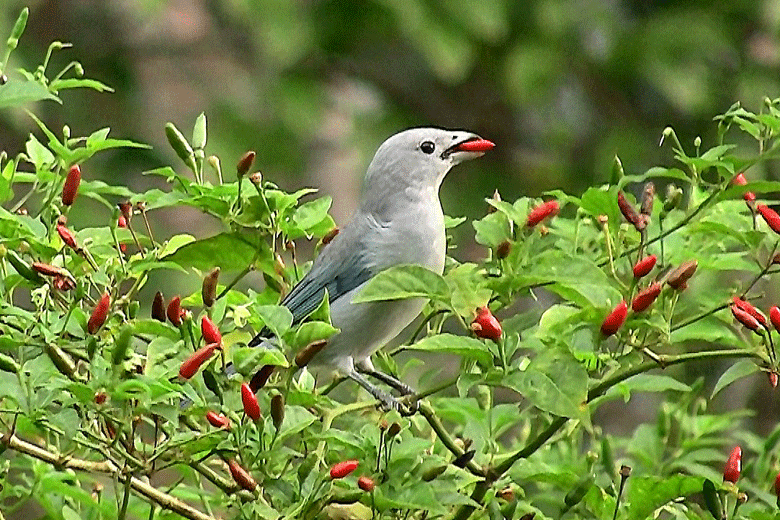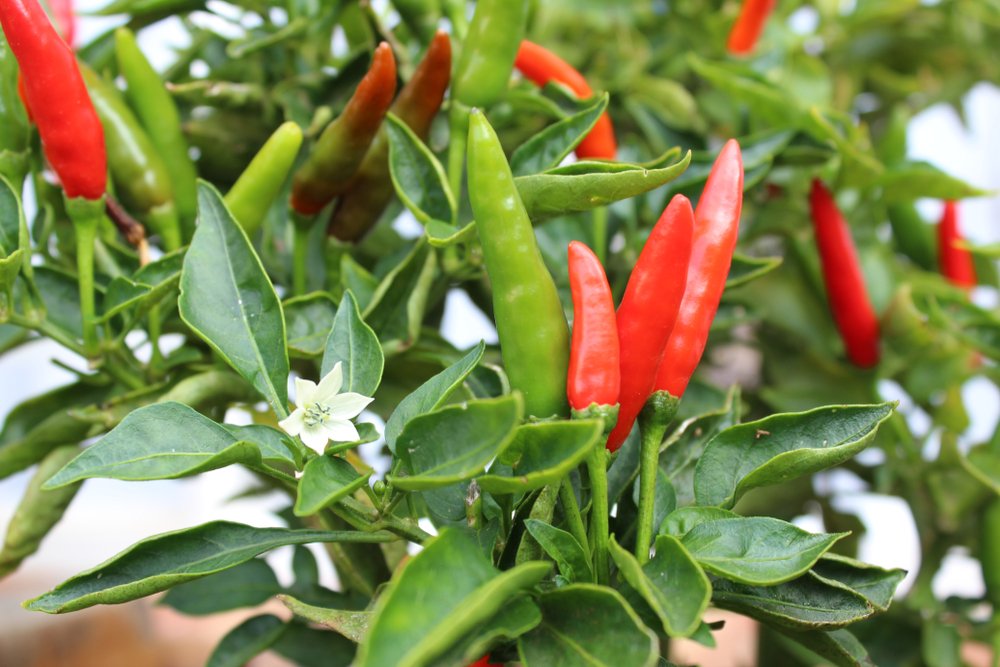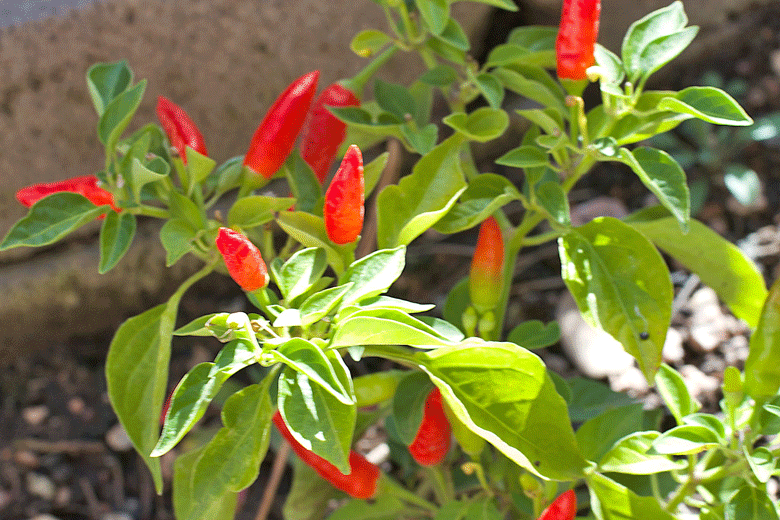 The Brazilian with an African cousin
The Brazilian with an African cousin
When the Portuguese colonized Brazil in the sixteenth century, they used slaves as the main source of labour in the economic exploitation of Brazil’s natural resources. The slaves, who had mostly come from West Africa, were accustomed to eating spicy food in their home countries. They achieved this piquancy with a spice native to West and North Africa, called Malegueta or African pepper. This spice, which is not related to the Chilli, is a species in the ginger family and closely related to cardamom. It has a strong black pepper taste with a hint of citrus.

Not finding Malagueta pepper in Brazil, they found a more than satisfactory substitute in Chillies. One Chilli, in particular, a fiery little red Chilli, native to Brazil, was an immediate hit. They adored it so much, so they honoured it by calling it Malagueta (the Portuguese spelling of the West African spice).
The popularity of the Malagueta chillies received further impetus when they were introduced to Africa’s Portuguese colonies. They took exceptionally well to African growing conditions and were incredibly prolific both as a cultivated crop and in the wild before long.
Not only did the Malagueta adapt well to African growing conditions, but it also began developing a character and flavour in its own right. The different climate and growing conditions resulted in a hotter Chilli than its Brazilian cousin, with a flavour of its own. With a change in character came a name change. The Portuguese colonists began calling them Piri- Piri chillies after the African words “Pili Pili”, which means pepper.
Where is the Malagueta chilli used?
In current day Brazilian cuisine, the Malagueta is an indispensable ingredient for many of the country’s fantastic dishes. It is used to make favourites like Moqueca de peixe ( Brazilian fish stew), Caruru (traditional stew made with dried shrimps, okra, nuts and Chillies, Frango churrasco (Spicy grilled chicken) and Vatapá ( stew-like mash made with breadcrumbs, shrimp, coconut milk and Chillies and spices). Many of these dishes are a fusion of West African and Portuguese cuisine.
Malagueta Chillies, which have the appearance and taste of Thai Birds-eye Chillies, are also popular in Portugal, where they are used to make Mohle de pimenta (Chilli sauce) and Piri-Piri chicken. Most restaurants will have a special recipe for their own Mohlo de Pimento. This recipe is normally passed down from generation to generation that is a closely guarded secret. The restaurant owners will freely tell you what ingredients they use and give an idea of how to make it, but you will not be able to replicate it at home. The preparation methods, the exact proportions, and the cooking period are where the secret lies. This information will never be shared!
Tell me more about the Malagueta.
The Malagueta chillis botanical classification is Capsicum frutescens var. Malagueta. It grows to between 30 and 35 inches in a densely leafed bush with pods that point upwards. The pods typically go through various maturation stages, changing from green through yellow and orange, and finally turning red. The chillies are between 1 inch and two inches long, and have a Scoville rating of 60000 to 10000 SHU. In Brazil, the larger Chillies (approximately 2 inches) are called malaguetão, with the smaller (up to 1 inch) by the name of Malaquetinha. Apparently, they are not different, but merely the same chilli at a different stage in its growth.
Image credit
Alex Popovkin, Bahia, Brazil / CC BY-NC-SA 2.0 /via Flickr
Image credit
Alan Levine / CC BY 2.0 / via Flickr


